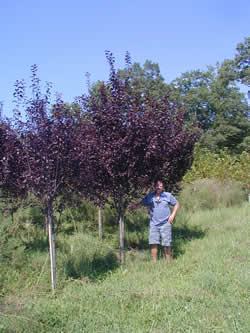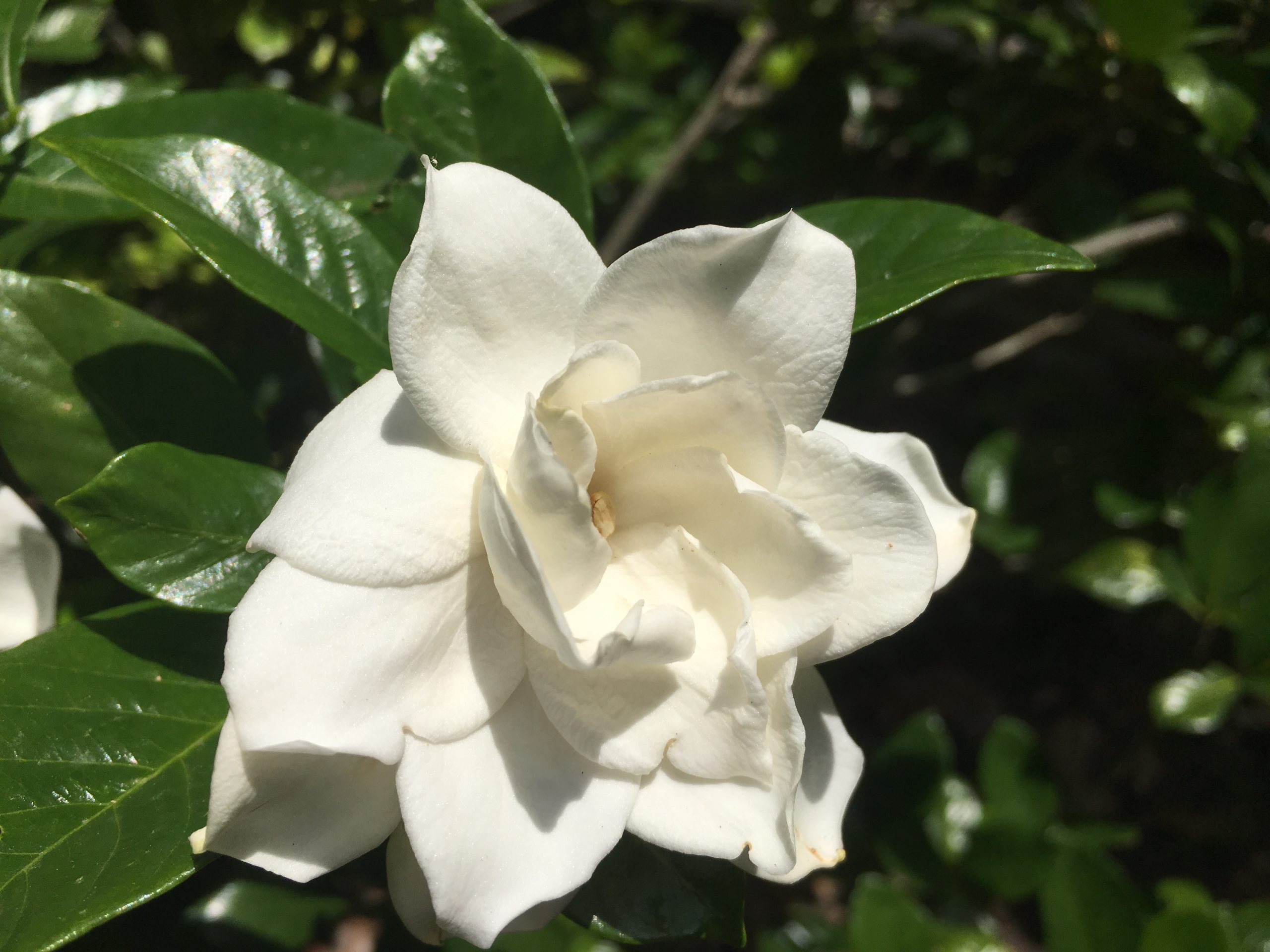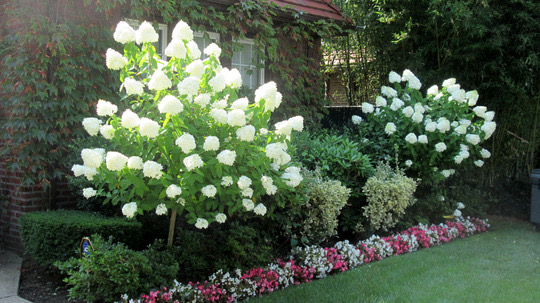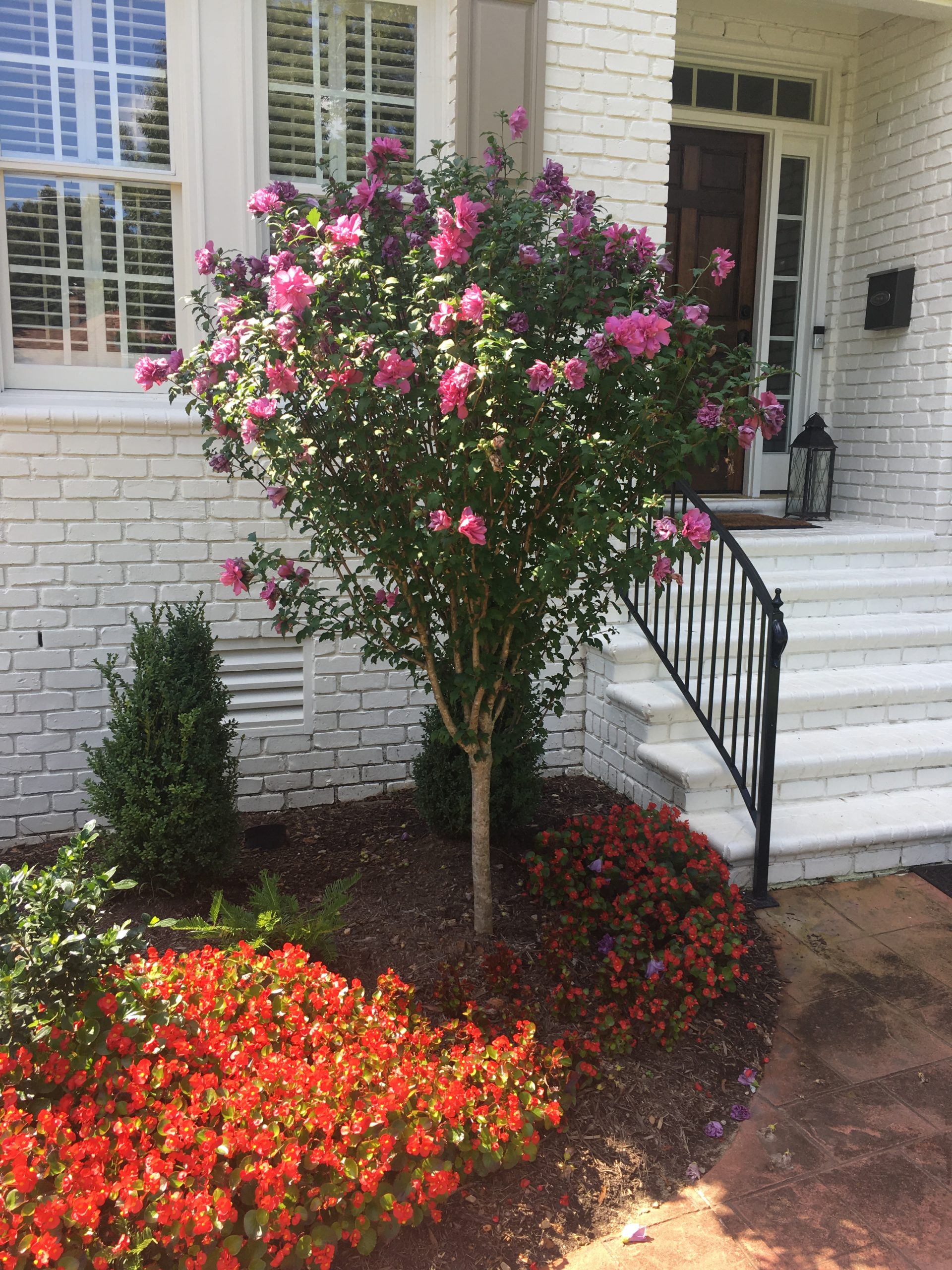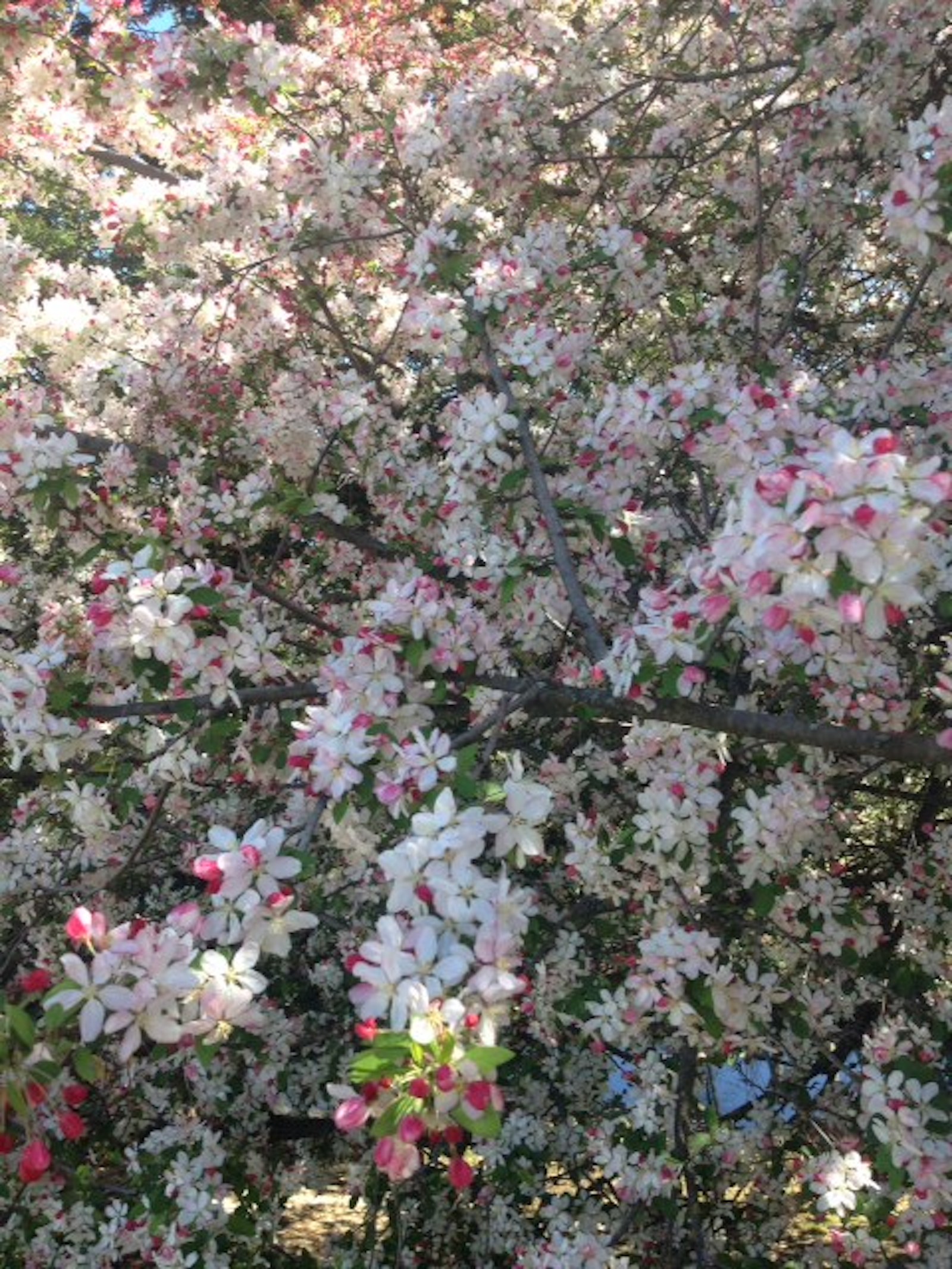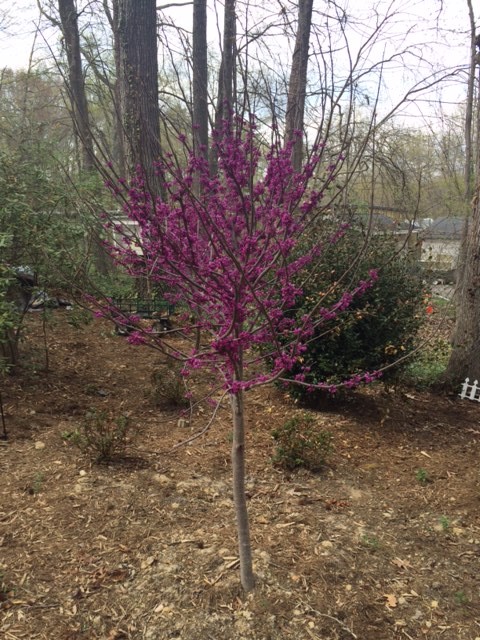This Asian beauty has formed the backbone of many a Southern Garden since it’s introduction to North America in the 1800s. Revered in the Far East to the point that some plants were more valuable than gold in years past, Camellias provide beauty in the landscape at times when many other plants are dormant.
The two main Camellia types are Camellia japonica and Camellia sasanqua. Used in combinations in the garden it is possible to have blooms from Fall through the Winter into Spring with no break. There are probably thousands of colors of Camellias with more being developed each year. With practically ever color and combination, gardeners should prioritize using Camellias in the landscape.
Home and Garden Landscapes has a selection of both sasanqua and japonica Camellias in sizes ranging from 4 to 8 foot thus providing instant impact in the landscape.
Camellia sasanqua
This variety of Camellia is fast-growing with a narrower leaf and generally blooms in the Fall into Winter. Many a garden has experienced blooms on Christmas Day from these beautiful plants.
Camellia japonica
This Camellia variety generally blooms from late Winter into Spring and has a wider leaf. Nothing shocks the system more than visiting a Southern garden full of Camellias and seeing their prolific blooming during the colder months.
Thundercloud Plum
Thunderbird Plum is used extensively in North American Landscapes. With it’s early Spring profusion of pink blossoms followed by dark burgundy leaves, Thundercloud Plum is a great choice for the landscape needing an instant “pop” with smaller trees.
It is a shorter-lived tree and in general a gardener can get 20 t0 25 years out of it. However, it is a great choice in spite of it’s relative short life-span.
